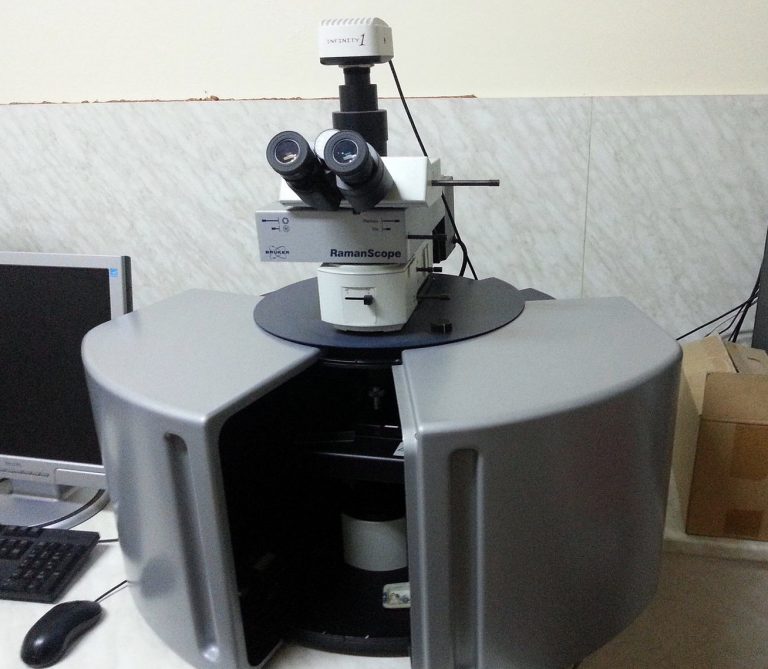A handheld Raman spectrometer is a powerful tool widely used in various industries for material identification, quality control, and chemical analysis. The portability and ease of use of these devices make them indispensable in fields such as pharmaceuticals, forensics, and environmental monitoring.
However, like any precision instrument, handheld raman spectrometers require proper maintenance to ensure accurate results and a long operational life. Here are some essential tips for maintaining your handheld Raman spectrometer.
1. Regular Calibration
Calibration is critical to the accuracy of your Raman spectrometer. Over time, the instrument’s performance can drift due to environmental factors, usage frequency, and aging components. Regular calibration ensures that the spectrometer produces consistent and reliable results.
Most manufacturers provide calibration standards and instructions specific to their devices. It’s advisable to follow these guidelines and calibrate the instrument at intervals recommended by the manufacturer or whenever you notice discrepancies in the readings.
2. Proper Cleaning and Handling
The optical components of a handheld Raman spectrometer are sensitive and can be easily damaged by dust, fingerprints, or other contaminants. To maintain the instrument’s performance, handle it with care and clean it regularly:
- Cleaning the Lens: Use a soft, lint-free cloth or optical-grade tissue to clean the lens. Avoid using abrasive materials or harsh chemicals that could scratch or damage the optics.
- Protecting the Optical Window: The optical window is where the laser beam exits and enters the sample. Make sure it stays uncluttered and unhindered. If you notice any smudges or particles, clean it gently using an appropriate cleaning solution recommended by the manufacturer.
- Handling the Device: Always handle the spectrometer by its body and avoid touching the optical components directly. Store the device in its protective case when not in use to prevent accidental damage.
3. Battery Care
Handheld Raman spectrometers typically operate on rechargeable batteries, making battery maintenance crucial for the device’s reliability and longevity. To maximize battery life and performance:
- Charging: Follow the manufacturer’s recommendations for charging the battery. Avoid overcharging or letting the battery discharge completely, as this can reduce its lifespan.
- Storage: If the device will not be used for an extended period, store it with the battery partially charged (around 50%) and in a cool, dry place. Avoid exposing the battery to extreme temperatures, which can cause it to degrade faster.
- Replacement: Over time, batteries will naturally lose their capacity. If you notice a significant reduction in battery life, it may be time to replace the battery with a manufacturer-approved replacement.
4. Environmental Considerations
The environment in which you use and store your handheld Raman spectrometer can significantly impact its performance and longevity. Keep the following factors in mind:
- Temperature: Avoid using or storing the spectrometer in extreme temperatures. High temperatures can damage the internal components, while low temperatures can affect battery performance and the device’s overall functionality.
- Humidity: High humidity levels can lead to condensation inside the device, which may damage sensitive components. Store the spectrometer in a dry environment, and consider using desiccant packs in the storage case to absorb moisture.
- Dust and Contaminants: Dust and other airborne contaminants can settle on the optical components, leading to inaccurate readings. Keep the device covered when not in use and avoid using it in dusty or dirty environments whenever possible.
5. Software Updates and Maintenance
The performance of your handheld Raman spectrometer can also be enhanced through regular software updates. Manufacturers frequently release updates to improve functionality, add new features, or address known issues. Keeping your device’s software up to date ensures that you benefit from these improvements.
- Firmware Updates: Regularly check for firmware updates, and install them according to the manufacturer’s recommendations. This can often be done through a USB connection to a computer or directly via the device if it has wireless capabilities.
- Data Management: Regularly back up the data stored on your spectrometer. This not only safeguards your valuable data but also ensures that the device has enough memory to perform optimally. Periodically clear old data to prevent the device from becoming sluggish.
6. Routine Inspections
Performing routine inspections of your handheld Raman spectrometer can help identify potential issues before they become major problems. Regularly check the following:
- Optical Components: Inspect the lens, laser, and optical window for any signs of wear, damage, or contamination. Address any issues immediately to prevent them from affecting the device’s performance.
- Housing and Connectors: Examine the device’s housing for cracks or damage that could compromise its integrity. Also, check the connectors and ports for any signs of wear or corrosion.
- Operational Functionality: Regularly test the spectrometer’s functionality by running standard measurements. Any deviation from expected results may indicate a need for maintenance or calibration.
7. Professional Servicing
While many maintenance tasks can be performed by the user, it’s also important to have the device professionally serviced at recommended intervals. Professional servicing ensures that all internal components are functioning correctly and that the device is operating within its specified parameters.
- Manufacturer Servicing: Follow the manufacturer’s guidelines for servicing and schedule regular maintenance with an authorized service provider. This can help prevent costly repairs and extend the life of your spectrometer.
Maintain Your Handheld Raman Spectrometer
Maintaining your handheld Raman spectrometer is essential for ensuring accurate results and prolonging the life of the device.
By following these tips—regular calibration, proper cleaning and handling, battery care, environmental considerations, software updates, routine inspections, and professional servicing—you can keep your spectrometer in top condition and continue to rely on it for precise and dependable measurements.
Regular maintenance not only protects your investment but also ensures that you can trust the data generated by your spectrometer for years to come.


0 Comments